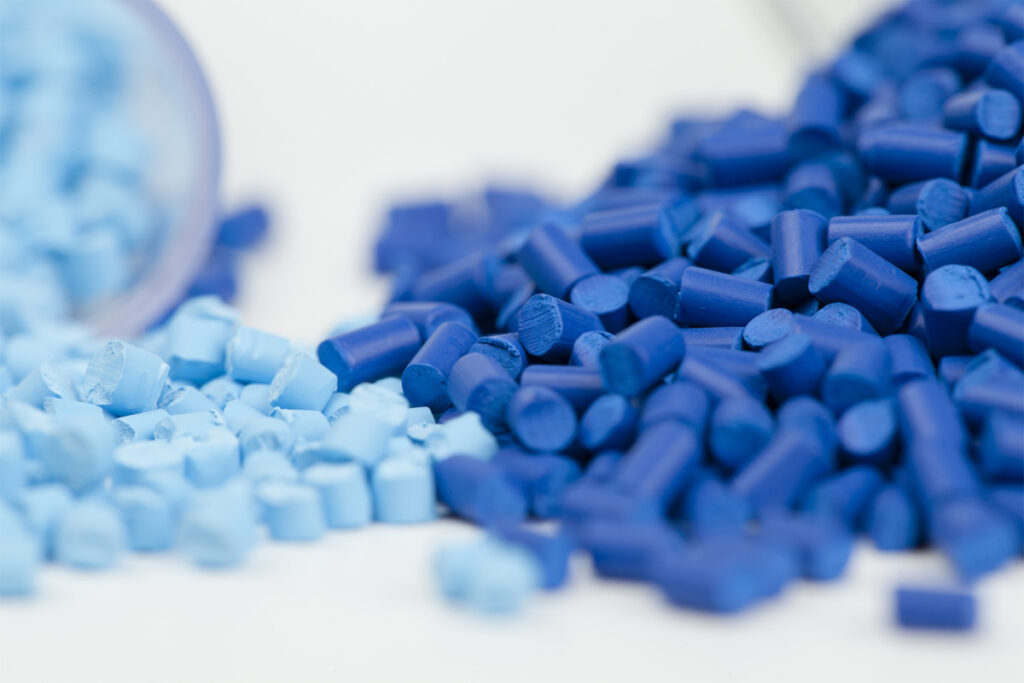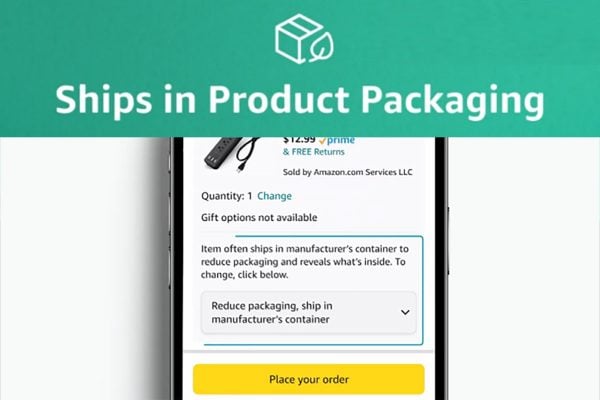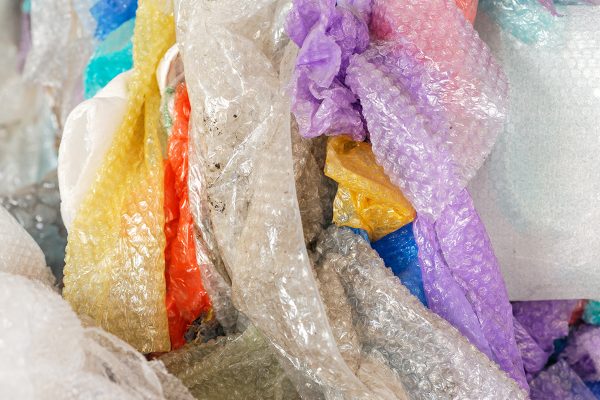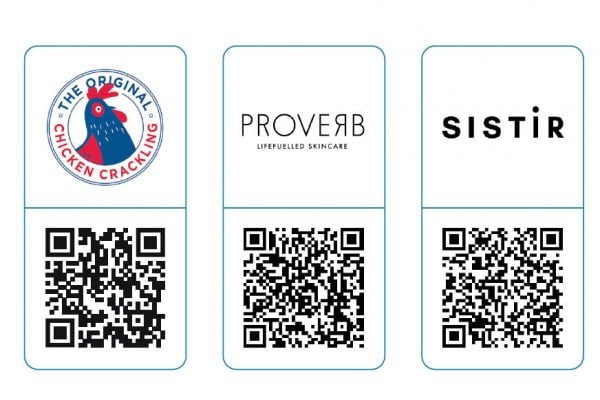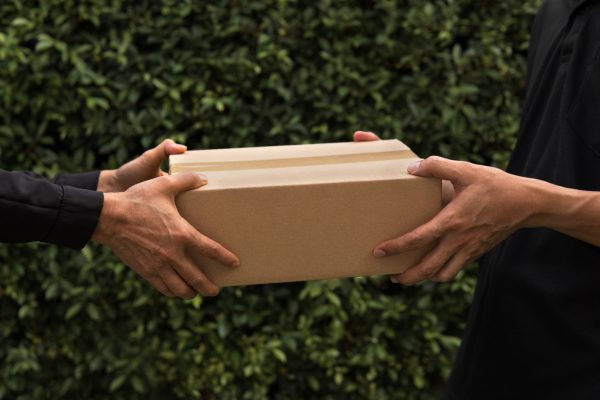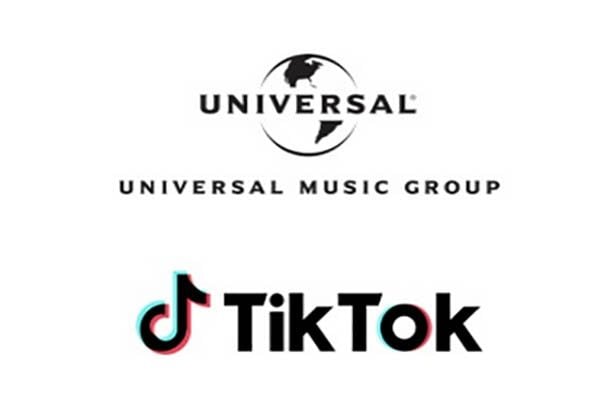The EU have pledged that all plastic packaging will be recyclable and it will only take 12 years to achieve this goal spelling the end of single use packaging.
The first-ever Europe-wide strategy on plastics is a part of the transition towards a more circular economy. The EU Commission say that it will protect the environment from plastic pollution whilst fostering growth and innovation, turning a challenge into a positive agenda for the Future of Europe.
Under the new plans, all plastic packaging on the EU market will be recyclable by 2030, the consumption of single-use plastics will be reduced and the intentional use of microplastics will be restricted. Currently they say that every year, Europeans generate 25 million tonnes of plastic waste, but less than 30% is collected for recycling.
The new plastic strategy aims to transform the way products are designed, produced, used, and recycled in the EU. Too often the way plastics are currently produced, used and discarded fail to capture the economic benefits of a more circular approach. It harms the environment. The goal is to protect the environment whilst at the same time lay foundations to a new plastic economy, where the design and production fully respect reuse, repair and recycling needs and more sustainable materials are developed.
You might think that this is simply referring to drinks bottles, carrier bags and takeaway coffee cups, but the effects could be much more far reaching. How many retailers use bubblewrap, parcel tape, mailing sacks and other forms of plastic packaging? Then what about your products – how many of these ship in blister packs which are also made of plastic but act as protection for the contents?
The likes of grocery and food retailers are going to have a real problem on their hands, how many bags of apples come pre-packed in plastic bags, as do lettuce, cabbages, carrots and just about any fruit or veg you care to name. You buy a bag of doughnuts and the paper bag has a plastic window so that you can see inside. And that’s before we get to loaves of bread, microwave meals, packs of ham, tubs of ice cream and just about packet of sweets that you care to name. Even if it’s in a glass jar it’ll often have a plastic lid.
We may well have left the EU by the year 2030 and have our own rules and regulations around the use of plastics by then (which may or may not be stricter than those in the EU). However it’s a given that regardless of any Brexit deal, UK retailers will still want to trade with the EU so start thinking about your use of plastics, especially how your products are packaged. Next time you update your product design consider whether components such as USB leads really need to be individually bagged in plastic.
